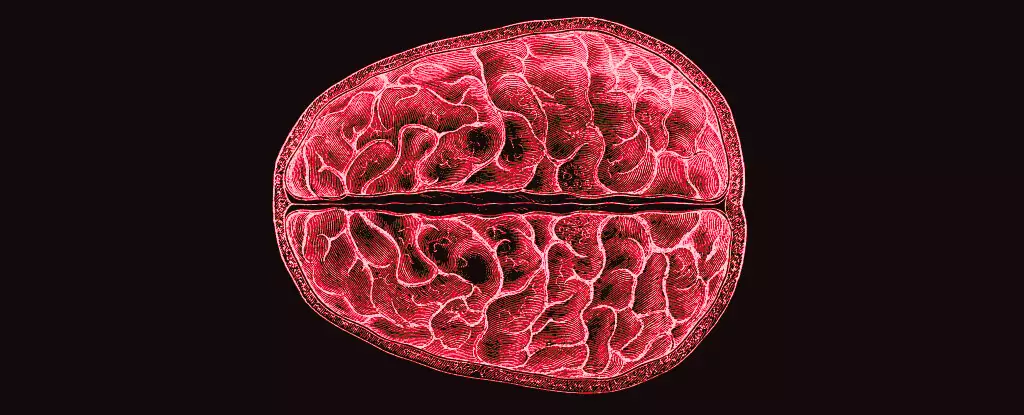The menstrual cycle is often viewed primarily in terms of its reproductive implications, yet emerging research highlights an equally intriguing and significant relationship between hormonal fluctuations and brain structure. A groundbreaking study led by neuroscientists at the University of California Santa Barbara has illuminated these neural transformations, offering compelling evidence that the cyclical hormonal changes experienced by women have far-reaching consequences for brain structure and functioning. This study, conducted with 30 menstruating women, documents the cerebral adaptations coinciding with varying hormonal levels throughout the menstrual cycle.
As noted by the researchers, Elizabeth Rizor and Viktoriya Babenko, the impact of hormones extends beyond the reproductive organs, affecting areas of the brain that had not previously been linked to menstrual fluctuations. Their findings assert that the brain’s architecture, particularly aspects related to white matter and cortical thickness, are responsive to hormonal shifts. This revelation marks a significant advancement in our understanding of the complex interplay between hormonal variations and neurological health.
Despite the profound implications of menstrual cycles on half the global population for a substantial portion of their lives, there remains a surprising scarcity of comprehensive research in this domain. This oversight raises essential questions about societal attitudes towards menstruation and the associated stigma that may hinder scientific inquiry. While investigations have primarily focused on how hormones influence cognitive performance, they have largely neglected the structural transformations occurring within the brain itself.
The researchers underline the critical need to comprehend how cyclic hormone fluctuations engage with the central nervous system. They point out that the hormonal interplay through the hypothalamic-pituitary-gonadal (HPG) axis has previously been established in other contexts, yet its effects on brain structure are little understood. This lack of focus on the nervous system’s structural dynamics presents an obstacle to thoroughly grasping the comprehensive impact of menstruation on women’s health.
MRI Findings and Their Significance
To close the knowledge gap surrounding menstruation and brain structure, Rizor, Babenko, and their team executed MRI scans during three distinct phases of the menstrual cycle: menstruation, ovulation, and mid-luteal. By pairing these imaging techniques with concurrent measurement of hormone levels, the researchers were able to correlate specific hormonal changes with observable alterations in brain structure.
Their findings indicated that the brain’s microstructure undergoes significant changes depending on the phase of the menstrual cycle. For instance, during the pre-ovulatory phase, increased levels of hormones such as estradiol and luteinizing hormone were associated with modifications in white matter, suggesting an enhancement in neural transmission speed. Conversely, the rise of follicle-stimulating hormone indicated thicker gray matter, while progesterone levels were linked to alterations in tissue volume and cerebrospinal fluid dynamics. These intricate changes indicate a responsive and adaptable brain that may operate differently depending on the menstrual phase, hinting at a biological basis for behavioral variations throughout the cycle.
While the direct consequences of these findings on cognitive function remain to be fully elucidated, the groundwork laid by this research serves as a springboard for future investigations. As we begin to unravel the connections between menstrual cycles and brain structure, it becomes essential to consider the potential implications for mental health. Many individuals experience mood swings, anxiety, and other psychological challenges associated with their menstrual cycles, and understanding the neurological underpinnings of these experiences could aid in developing targeted interventions.
Ultimately, this line of inquiry not only seeks to answer pressing questions regarding the physiological effects of menstruation but also challenges long-standing biases that have historically marginalized women’s health research. As the scientific community moves forward, further exploration into the intersection of hormonal fluctuations and the brain will hopefully illuminate broad avenues for enhancing mental and emotional well-being during the menstrual cycle.

